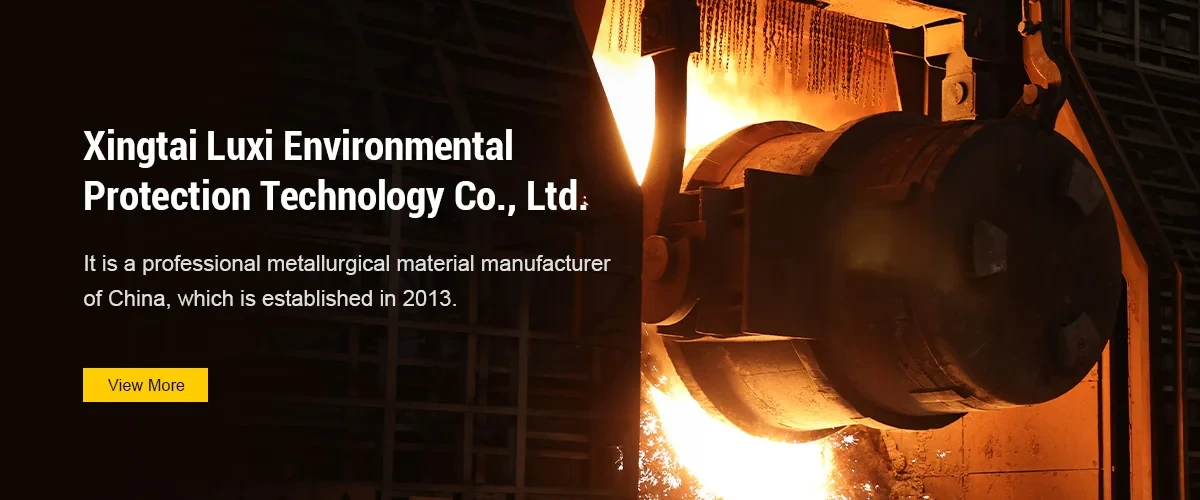Dec . 23, 2024 13:22 Back to list
Understanding the Applications and Benefits of Wire Rod in Modern Manufacturing
Understanding Wire Rod A Crucial Component in Modern Industry
Wire rod is an essential product in the steel industry, serving as a foundational material in various applications. Produced from hot-rolled steel, wire rod is characterized by its elongated shape and uniform diameter. It is typically coiled into large reels, which makes it efficient for transportation and storage. This article explores the importance, production process, applications, and market trends of wire rod, shedding light on its vital role in modern manufacturing and infrastructure development.
Production Process
The production of wire rod begins with the creation of billets, which are square or rectangular pieces of steel. These billets undergo a hot rolling process where they are heated and forced through rollers to achieve the desired diameter, usually ranging from 5.5 mm to 12 mm. The hot rolling process also involves cooling the rods to set their structural integrity. After this, the wire rods are coiled into large rolls for easy handling. During production, various quality control measures are implemented to ensure that the finished product meets industry standards.
Understanding the properties of wire rod is also essential for its production. Typically made from low carbon steel, high carbon steel, or alloy steel, wire rods possess different mechanical properties based on their composition. Low carbon wire rods are malleable and ductile, making them suitable for applications like welding, while high carbon rods exhibit strength and wear resistance, which is ideal for springs and other high-stress applications.
Applications of Wire Rod
Wire rod finds use in a multitude of industries. One of its most notable applications is in the manufacturing of wire products. This includes everything from nails and fasteners to wire mesh and fencing, showcasing wire rod's versatility. Additionally, wire rod plays a critical role in the automotive and aerospace sectors, where it is used to produce components like springs, axles, and various high-strength wires that are crucial for the performance and safety of vehicles.
wire rod

The construction industry also heavily relies on wire rod, particularly in the production of reinforced concrete. Steel wire rods are used to make rebar, which is essential for reinforcing concrete structures, ensuring durability and strength. The demand for wire rod in construction is expected to grow as urbanization and infrastructure development expand globally.
Moreover, the electrical industry utilizes wire rod in manufacturing electrical wires and cables. Due to their conductivity and flexibility, these wire rods are integral to creating reliable electrical systems used in residential, commercial, and industrial applications.
Market Trends and Future Outlook
The global wire rod market has shown significant growth over the past decades, driven by rising demand in various sectors. Factors such as urbanization, industrialization, and infrastructure development, particularly in emerging economies, continue to boost the market. According to industry reports, the wire rod market is projected to grow at a steady rate in the coming years, supported by innovations in steel production and processing technologies.
Sustainability is also becoming increasingly important in the wire rod industry. As consumers and policymakers push for environmentally friendly production practices, manufacturers are adopting methods to reduce carbon emissions and enhance energy efficiency. The recycling of scrap metal for wire rod production is one such approach that not only minimizes waste but also lowers the overall environmental impact.
In conclusion, wire rod is a multifaceted product that underpins a wide array of industries, from construction to automotive and electrical sectors. An understanding of its production processes, applications, and market dynamics reveals its significance in supporting modern infrastructure and technological advancements. As the demand for wire rod continues to grow, and as the industry embraces sustainability, its role will likely become even more prominent in the years to come. The continued evolution of wire rod production techniques and applications will shape its future, ensuring its place as a critical material in an ever-advancing world.
-
Eco-Friendly Granule Covering Agent | Dust & Caking Control
NewsAug.06,2025
-
Fe-C Composite Pellets for BOF: High-Efficiency & Cost-Saving
NewsAug.05,2025
-
Premium Tundish Covering Agents Exporters | High Purity
NewsAug.04,2025
-
Fe-C Composite Pellets for BOF | Efficient & Economical
NewsAug.03,2025
-
Top Tundish Covering Agent Exporters | Premium Quality Solutions
NewsAug.02,2025
-
First Bauxite Exporters | AI-Optimized Supply
NewsAug.01,2025
